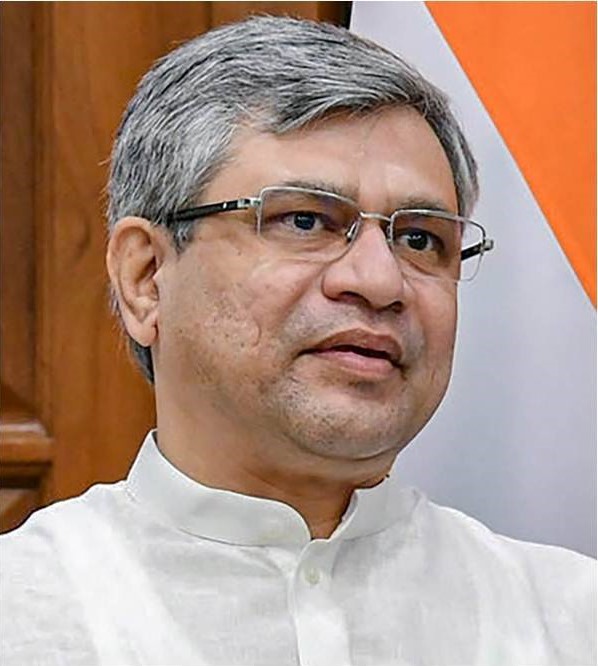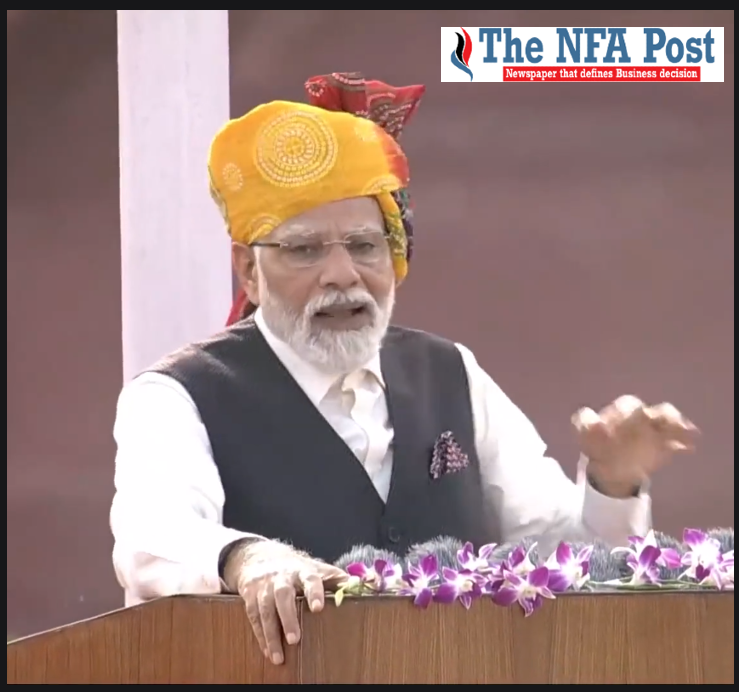Union Minister for Communications, Electronics & Information Technology Ashwini Vaishnaw along with Minister of State Telecom Devusinh Chauhan reviewed the progress of BharatNet and directed the Department of Telecommunications officials to expedite the initiative.
Ashwini Vaishnaw tweeted, “Reviewed the performance of BharatNet project along with my colleague @devusinh for expediting its implementation in rural parts of the country, with Secretary, Telecom and other senior officers at DoT.”
BharatNet is a core constituent of Prime Minister Narendra Modi’s ambitious Digital India program for 1.35 billion Indians. Initiated by the UPA government in October 2011, BharatNet was originally named National Optical Fibre Network or NOFN. It’s being financed by the Universal Service Obligation Fund of the Department of Telecommunications, through a 5% levy on the revenues of private telecom service providers.
The Cabinet has enhanced the allocation towards the project by over Rs 19,000 crore to expand its ambit. The national initiative to connect the country with fibre optic cable-based network for affordable Internet access was originally conceived under the UPA-II regime in 2012, and missed several deadlines since then.
Phase I of BharatNet, which commenced in June 2014 after the Narendra Modi-led government took over, was completed in December 2017. It, in fact, over-achieved the 1 lakh target for this phase by covering 1,22,908 panchayats with an investment of around $1.64 billion (Rs 11,200 crore).
In the second phase, the remaining 1,29,827 gram panchayats are to be covered through 5 km of new fibre per gram panchayats. This phase incorporates a mix of both underground and aerial fibre as well as radio and satellite connectivity to reach more inaccessible locations such as Jammu and Kashmir, Northeast, Himachal Pradesh and Uttarakhand.
The Comptroller and Auditor General of India (CAG), in its recent draft finding said that the CSC had failed to provide 10 Mbps of Internet speed through Fibre-to-the-Home (FTTH) connections to state institutions such as hospitals, schools and police stations as mandated.





